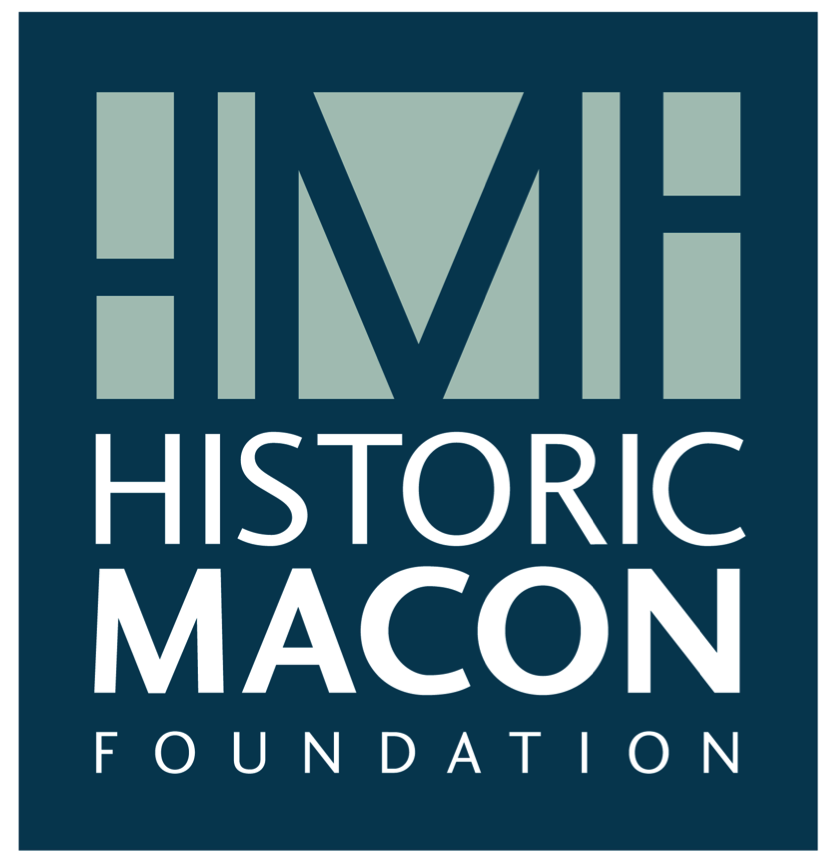WILLIAMS WAGON WORKS | 598 THIRD STREET
Williams Wagon Works, located at 598 Third St., is an excellent example of a commercial building that contributed to Macon's growth and prosperity in the early twentieth century. The lot that now contains Williams Wagon Works was originally two lots. The first was at the corner of Third and Plum St., and the second lot fronted Plum St. directly behind the first. Both lots contained frame dwellings until the Williams Wagon Works Plant was constructed on both lots in 1911. The factory was a one-stop-shop for all things related to wagons, buggies, and drays and was touted as the largest factory of its kind in the South. After 1922, with the growing popularity of the automobile, Williams Wagon Works closed its doors; however, A.S. Hatcher Co. vehicles took over the space in 1924. Variously known as A.S. Hatcher Co. vehicles, auto accessories, and hardware, this company continued to operate out of the building through 1981.
598 Third Street today (Photo credit: Michelle Garlington)
When constructed in 1911, each floor of the three-story building had a separate purpose in the construction process. The first floor was a woodwork and blacksmith shop. The second floor was a stock and show room for finished vehicles, and the third floor was a paint and trimming shop. The building retains this original open concept required for wagon manufacturing and later automobile sales. After 1981, office supply companies retained the open concept of the second and third floors for storage, while the first floor was adapted into office space using movable partitions. In 2002, various medical offices and records companies used the building in the same manner as the supply companies - cubicles on the first floor and open storage on the second and third floors. The relatively smaller number of uses in this building mean that this structure retains its original flooring, wooden beams, wood panel ceilings, and open floor plan. Rarely vacant in its 104 years, 598 Third St. is a testament to the industry and commerce surrounding transportation in Macon's history.
This is just one example of a building that is being preserved through use of the Georgia historic tax credit incentive program. Kim Campbell, Historic Macon's Preservation and Education Coordinator, wrote this history in preparation for the building's tax credit application. If you would to learn more about Historic Macon's tax credit consultations, please call 478-742-5084 or email Kim at kcampbell@historicmacon.org.













